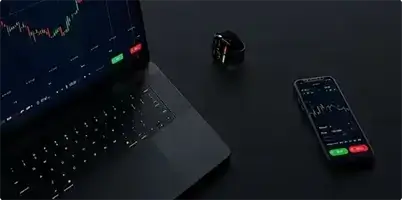
Darren Krett
Thursday 9 February 2023
Option Implied Volatility: Understanding and Utilizing
0
Comments (0)
Darren Krett
Friday 10 February 2023
Share on:
Post views: 5946
Categories
General
The value of an option depends mainly on two things:
The likelihood that the option will finish in the money. The difference between the underlying price and the option's exercise pric if the option does finish in the money. Effectively, the value of an option depends on the distribution of possible underlying prices, which depends on: How much the underlying price is likely to change on any given tradin day during the option's life (daily volatility). How many days the underlying price will have an opportunity to chang before the option expires (the option's time to expiration in trading days).
TWO TYPES OF VOLATILITY
A statistical measure of the past volatility o the underlying price. If a trader intends to use a theoretical pricing model he must try to make an intelligent guess about the future volatility. In option evaluation, a goo- starting point is historical data. Converting Underlying Price Volatility:
Rules of Thumb: Annualized price volatility is about 16 times greater than daily price vola Weekly price volatility is about 7.2 times greater than daily price volatility
The volatility being implied to the underlying contract through the pricing of the option in the marketplace. Effectively, it is the volatility estimate which matches the observable market price of the option with its theoretical value. It is the volatility we must input into our theoretical pricing model to yield a theoretical value identical to the price of the option in the marketplace. Remember, the more volatile the underlying market is expected to be over the life of the option, the higher the option price. Why Are Implied & Historical Volatilities Different? Gap or Jump Risk Expectations Supply and Demand Risk/Liquidity Premium Standard Deviations: ** The most widely quoted volatility measure is a standard deviation of percent changes in the underlying price.

Darren Krett
Thursday 9 February 2023
0
Comments (0)

Darren Krett
Tuesday 31 January 2023
0
Comments (0)